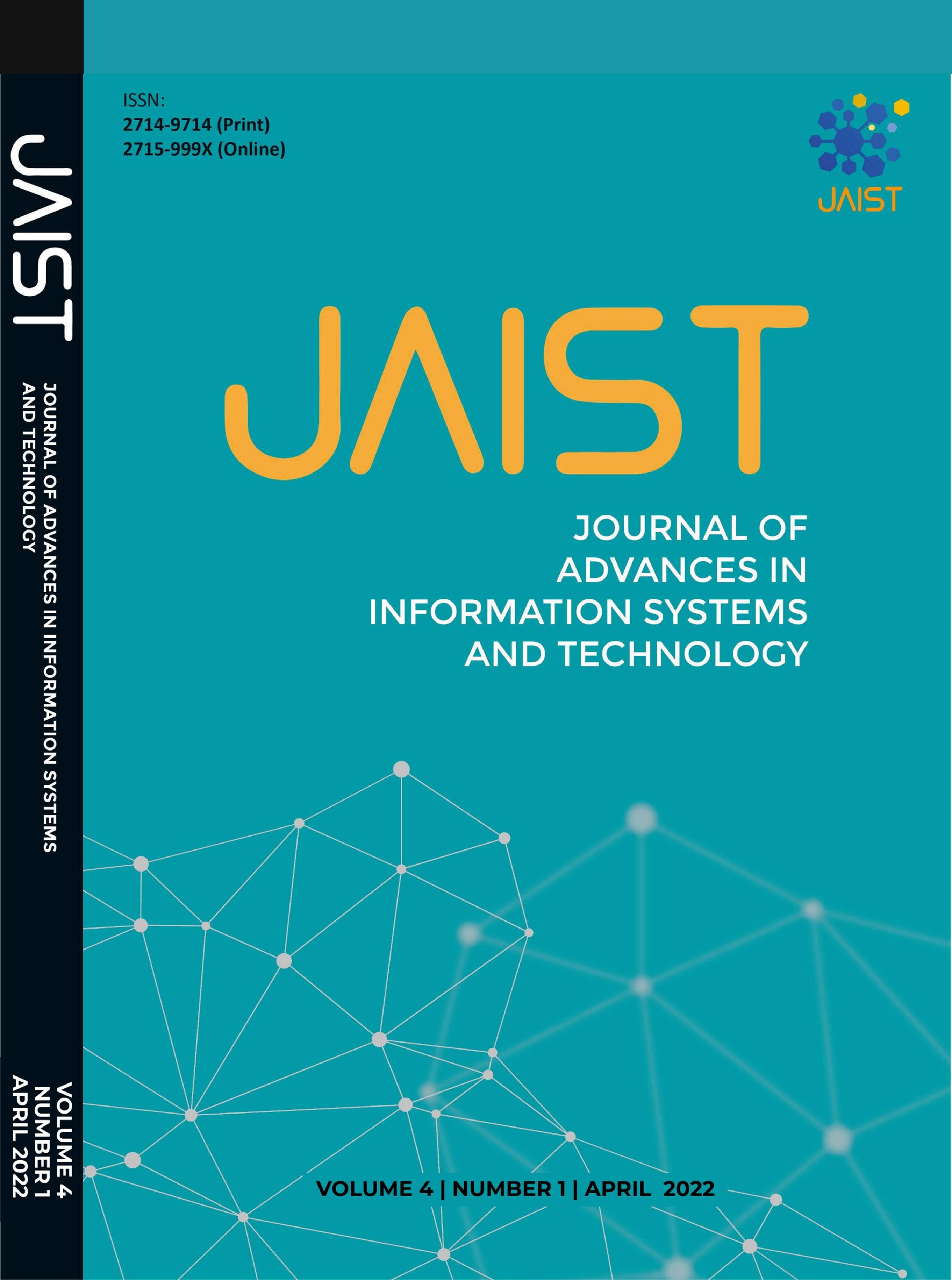Increasing Accuracy of Heart Disease Classification on C4.5 Algorithm Based on Information Gain Ratio and Particle Swarm Optimization Using Adaboost Ensemble
Abstract
The heart is a vital organ of the body that has an important role in the
process of blood flow. Data mining is a process to get very useful
information from a very large data warehouse to facilitate the decision-making process. In the data mining process, the first stage performs data
processing called preprocessing by handling data formatting. Then, the
feature selection stage is carried out using the Information Gain Ratio
and Particle Swarm Optimization algorithms to find the best attributes.
Then the Adaboost Ensemble was applied to optimize the accuracy
results. Next, it is done by classifying the dataset. The algorithm used
for classification is the C4.5 algorithm. Based on the research that has
been done, using the k-fold = 5 model test with three trials, the best
accuracy results are obtained for the C4.5 algorithm without feature
selection and the Adaboost Ensemble produces an accuracy rate of
95.87%, while the C4.5 algorithm with Information Gain Ratio and
Particle Swarm Optimization then applying the Adaboost Ensemble
produces an accuracy rate of 96.68%. This shows that the feature
selection algorithm, namely, Information Gain Ratio and Particle
Swarm Optimization by applying the Adaboost Ensemble is considered
to be able to improve the performance of the C4.5 classification
algorithm.
Copyright (c) 2022 Journal of Advances in Information Systems and Technology

This work is licensed under a Creative Commons Attribution-ShareAlike 4.0 International License.


